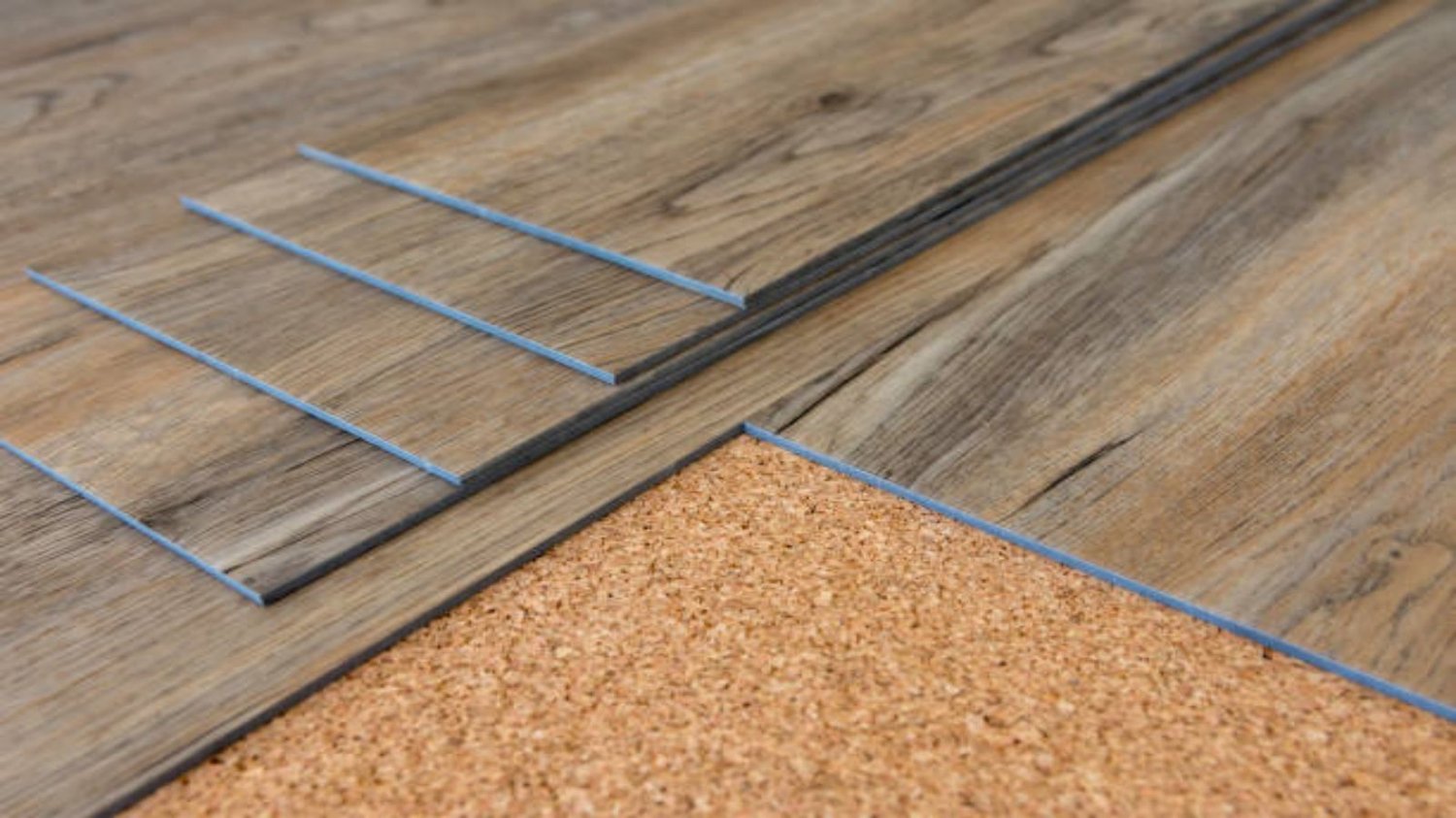The Science Behind Anti Static Floors: Keeping Your Environment Safe
Introduction: In today's high-tech world, where sensitive electronic equipment is ubiquitous, preventing damage from electrostatic discharge (ESD) is of paramount importance. Anti static floors play a vital role in safeguarding both personnel and equipment. This article explores the fascinating science behind these floors and how they effectively neutralize static electricity.
1. Understanding Static Electricity
Static electricity is an imbalance of electric charges within or on the surface of a material. It occurs when two objects with different electric charges come into contact or rub against each other, causing electrons to transfer between them. This imbalance can lead to various issues, such as damage to sensitive electronic components or even electric shocks to personnel.
2. The Hazards of Static Electricity
Static electricity poses a significant threat in environments such as data centers, laboratories, manufacturing facilities, and cleanrooms. It can disrupt electronic circuits, corrupt data, and even ignite flammable substances. These hazards highlight the critical need for effective anti static measures.
3. The Role of Anti Static Floors
Anti static floors, also known as electrostatic dissipative (ESD) floors, are specially designed to minimize the buildup and discharge of static electricity. They provide a controlled path for the dissipation of electric charges, ensuring a safe environment for both equipment and personnel.
4. Conductive vs. Static Dissipative Floors
There are two primary types of anti static floors: conductive and static dissipative. Conductive floors have a very low electrical resistance and quickly channel static charges to the ground. Static dissipative floors, on the other hand, have a higher resistance, allowing for a slower discharge of static electricity. The choice between the two depends on the specific requirements of the environment.
5. How Anti Static Floors Work
Anti static floors incorporate various conductive materials to effectively neutralize static charges. The most common method involves adding carbon or metallic particles to the floor material, such as epoxy or vinyl. These conductive additives create a conductive network within the floor, allowing charges to flow through and dissipate safely.
6. Grounding and Earthing
One crucial aspect of anti static floors is proper grounding or earthing. This involves connecting the floor to a grounded system, usually through copper strips or wires. Grounding ensures that any static charges accumulated on the floor are promptly discharged, preventing potential damage to sensitive equipment.
7. Maintenance and Cleaning
To maintain the effectiveness of anti static floors, regular cleaning and maintenance are essential. Dust and debris can accumulate on the surface, reducing the floor's conductivity. Specialized cleaning agents are available to ensure thorough cleaning without compromising the floor's anti static properties.
8. Compliance with Industry Standards
Anti static floors must meet specific industry standards to ensure their effectiveness. These standards define the acceptable range of electrical resistance and other performance criteria. Compliance with these standards provides assurance that the floor will effectively prevent static-related issues.
9. Enhanced Safety Measures
In certain environments where the risk of static discharge is high, additional safety measures may be necessary. These can include the use of anti static footwear, wrist straps, and protective clothing. These measures further minimize the chances of electrostatic damage.
10. Benefits of Anti Static Floors
Investing in anti static floors offers numerous benefits. These floors not only protect sensitive equipment from damage but also ensure the safety and well-being of personnel. By preventing static electricity-related incidents, businesses can avoid costly downtime, data loss, and potential legal liabilities.

